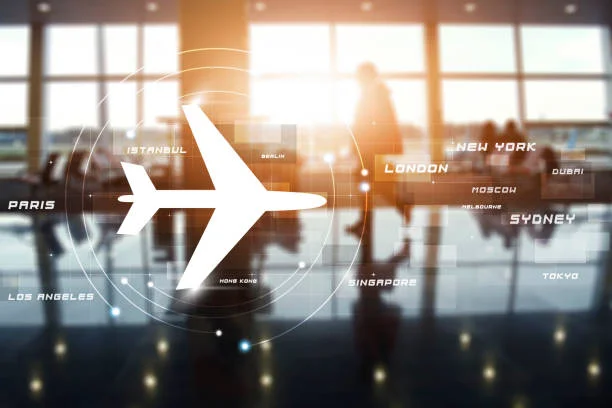If you fly in Europe often, you know the pattern: busy hubs, sudden ATC restrictions, pop-up storms, and a gate change just as boarding starts. Preparation matters as much as your itinerary. Travelwithcare.io illustrates a simple approach: pair real-time tools with smart travel protection like TravelCare, which supports commission-free claims so recoveries tied to air passenger rights stay in your pocket.
What the data says (and which airports to watch)
Eurocontrol’s 2024 summer review found over one-third of flights arrived 15+ minutes late, with an average delay of 21.4 minutes across the network. A separate 2024 operations review flagged arrival restrictions at Heathrow, Porto, Lisbon, and Gatwick, often weather driven. Independent rankings from summer 2024 to early 2025 put Frankfurt, Heathrow, Munich, Amsterdam, and Paris CDG among the most disrupted, with Frankfurt leading cancellations and Heathrow the most delays. ACI EUROPE reported 72.4% of arrivals and 65.8% of departures on time in 2024.
Where ideas bloom and curiosity thrives—step inside to see more.
Why these hubs slip
- Volume + complexity: Banked waves of long-haul and short-haul flights mean tight turnarounds and little slack when something slips.
- Weather + capacity limits: Summer storms, winter fog, and flow restrictions at control centers reduce throughput.
- Operational pinch points: Runway works, stand shortages, or arrival spacing rules can throttle schedules on bad-weather days.
Scenario: You’re connecting through Frankfurt during evening peak. A thunderstorm forces ground holds, your inbound parks late, and the 45-minute connection evaporates. Without a buffer, you’re queuing for overnight options.
Practical playbook for disruption-prone airports
1) Build buffer into the itinerary
Aim for 90-120 minutes at mega-hubs (especially on separate tickets). Morning departures usually face fewer knock-on delays.
2) Go eSIM-first
Land connected so you can rebook from your phone. Store mobile boarding passes and rail tickets offline.
3) Work two queues at once
Start airline chat while you join the desk line. Present specific reroutes you’ll accept (e.g., an earlier hub that still makes your last leg).
4) Document everything
Screenshot delay notices with timestamps and note the stated cause-vital for flight delay compensation EU eligibility.
EU specifics: Under EU Regulation 261/2004 (EC261), travelers may receive care and, when the cause is within the airline’s control, compensation of €250, €400, or €600 for 3+ hour arrival delays (distance-based). EC261 covers EU/EEA departures or arrivals on EU/EEA carriers. If a valid claim is refused, escalate to your National Enforcement Body.
5) Separate rights from benefits
Use EC261/air passenger rights for compensation/care when the airline is responsible; use your protection plan for meals, hotels, ground transport, and lost luggage compensation within policy caps.
6) Track claims cleanly
File EC261 directly with the airline; if refused, escalate to the NEB. Keep all receipts in one folder to speed reimbursement.
Example: Weather squeezes operations at Lisbon. Chat moves you to a slightly earlier Porto connection that still reaches Paris; your plan covers dinner and the hotel once delay thresholds trigger. After arrival, you file EC261 for airline-controlled causes and claim incidentals through your protection portal.
Where TravelCare fits
TravelCare is designed for the before-you-fly prep that lowers stress when you’re changing planes at delay-prone hubs. It helps you:
- align documentation with air passenger rights and submit commission-free claims so statutory payouts aren’t reduced by success fees,
- follow a clear checklist for delays, cancellations, and baggage issues (what to buy, what to photograph, when to file), and
- distinguish airline obligations from policy benefits so you claim the right channel first time.
Used alongside mobile passes and eSIMs, TravelCare turns disruptions into predictable workflows instead of costly guesswork.
Takeaway
Europe’s busiest airports are efficient-until volume, weather, and capacity collide. Assume friction and plan around it: add buffers, stay connected, document causes, and route claims to the right place. Use EC261 to assert your air passenger rights, and use pre-flight travel protection to cover real-world costs. A model like TravelCare keeps the process simple with commission-free claims, helping you avoid avoidable losses when the departure board turns orange.
Hungry for insight? Discover ideas that spark curiosity and inspire growth.







